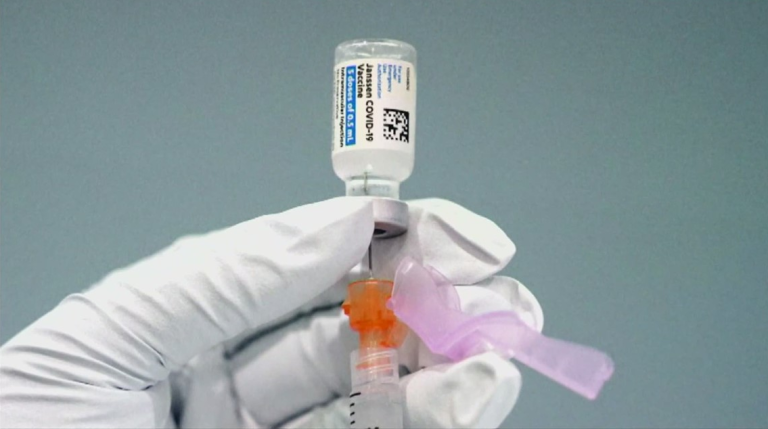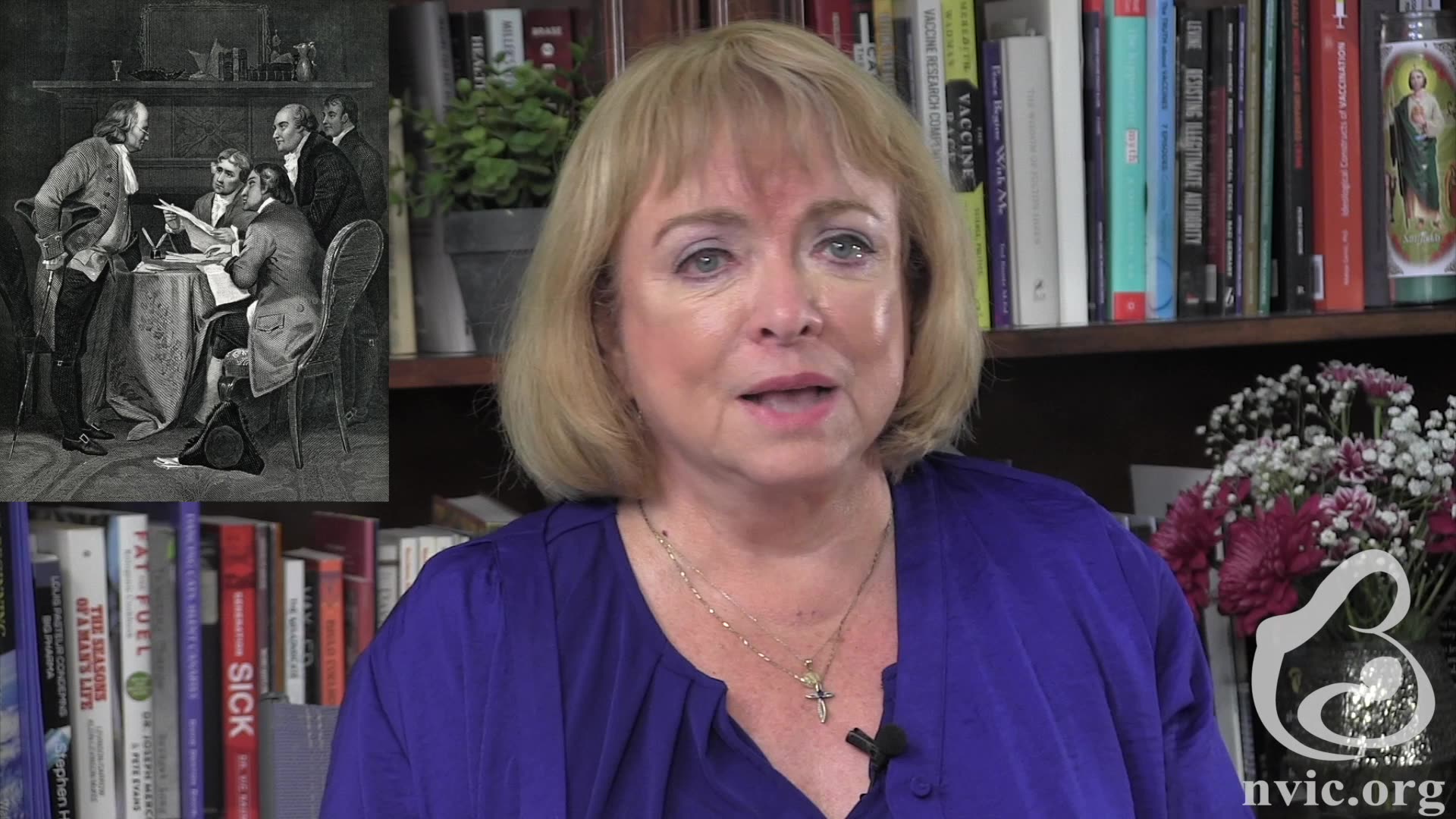On June 1, 2023, the U.S. Food and Drug Administration (FDA) withdrew the Emergency Use Authorization (EUA) Johnson & Johnson/Janssen’s adenovirus vectored Ad26.COV2.S (also known as JNJ-78436735) COVID-19 vaccine that had been granted to the companies on Feb. 27, 2021. The FDA noted that Janssen requested the voluntary withdrawal of the EUA in a letter dated May. 22, 2023.1
More than 31 million doses of Ad26.COV2.S were delivered in the United States, but only 19 million people in the U.S. received the vaccine. In comparison, Americans received 367 million doses of Pfizer/BioNTech’s Comirnaty messenger RNA (mRNA) COVID shot, and 232 million doses of Moderna/NIAID’s Spikevax mRNA COVID shot.2
J&J/Janssen informed the FDA that the last lots of its COVID vaccine purchased by the U.S. government expired on May 7, 2023.3 The U.S. Centers for Disease Control and Prevention (CDC) gave instructions to “dispose of any remaining Janssen COVID-19 Vaccine in accordance with local, state, and federal regulations.”4 The company said there is no demand for new lots of the vaccine in the U.S and does not plan to update the strain composition of this vaccine for new variants.5
The sales of Ad26.COV2.S did not meet J&J/Janssen’s expectations. The company had initially expected to generate $3-3.5 billion from sales of its vaccine in 2022, but it dropped its goal in the first-quarter of 2022 due to poor performance. The company made $2.18 billion from COVID- vaccine sales worldwide last year.6
Some infectious disease doctors state that the demand for Ad26.COV2.S was already low before the federal COVID emergency ended in May. William Petri, MD, PhD, infectious disease scientist at the University of Virginia, said:
The J&J vaccine was the least effective of the four available COVID vaccines and it caused a rare side effect of causing blood clots.7
Dr. Petri added that although the risk of blood clots from the vaccine was four cases per million doses, people put their trust in the other options.8
U.S. Public Health Officials Promoted mRNA COVID Shots After Temporarily Halting J&J/Janssen’s COVID Vaccine in 2021
A month following the FDA granted J&J an EUA to distribute Ad26.COV2.S in the U.S., the agency recommended “a pause in the use of this vaccine out of an abundance of caution,” after six women between 18 and 48 were diagnosed with rare blood clots six to 13 days after vaccination.9 Approximately a week later, the FDA decided that health professionals should resume administering the vaccine, with a warning label noting the risk of blood clots.10
In May 2022, the FDA limited the authorized use of Ad26.COV2.S to individuals 18 years of age and older for whom other authorized or approved COVID vaccines were not accessible or clinically appropriate and to individuals 18 years of age and older, who elected to receive Ad26.COV2.S because they would otherwise not receive a COVID vaccine.11
The FDA stated that after conducting an updated investigation of reported blood clot cases, they determined that the risk of thrombosis with thrombocytopenia syndrome (TTS), a syndrome of rare and potentially life-threatening blood clots in combination with low levels of blood platelets with onset of symptoms approximately one to two weeks following administration of the vaccine, warranted limiting the authorized use of the vaccine.12
At the time, CDC’s Advisory Committee on Immunization Practices (ACIP) member Jamie Loehr, MD stated:
If we take away the Janssen vaccines and people choose not to get the mRNA vaccine, we will have all these complications from COVID disease. And so, even though there are significant risks to the [Johnson & Johnson] vaccine, if it is the only one that is an option, I want it to be available.13
If you would like to receive an e-mail notice of the most recent articles published in The Vaccine Reaction each week, click here.
Click here to view References:1 U.S. Food ad Drug Administration. Revocation of EUA 27205 – Janssen COVID-19 Vaccine. June 1, 2023.
2 Sblendorio P. Johnson & Johnson’s COVID vaccine no longer available in U.S. New York Daily News May 15, 2023.
3 Kansteiner F. It’s the end of the line for J&J’s COVID Shot in the US, CDC Says. Fierce Pharma May 16, 2023.
4 CDC. Janssen (Johnson & Johnson) COVID-19 Vaccine. May 10, 2023.
5 The Pharma Letter. BRIEF—FDA revokes EUA for COVID-19 Vaccine Janssen. June 3, 2023.
6 Kansteiner F. It’s the end of the line for J&J’s COVID Shot in the US, CDC Says. Fierce Pharma May 16, 2023.
7 Bartholomew M. UVA doctor weighs in on Johnson & Johnson COVID-19 vaccine no longer being available in U.S. WHSV May 16, 2023.
8 Ibid.
9 Howard J. CDC and FDA recommend US pause use of Johnson & Johnson’s Covid-19 vaccine over blood clot concerns. CNN Apr. 13, 2021.
10 Kansteiner F. It’s the end of the line for J&J’s COVID Shot in the US, CDC Says. Fierce Pharma May 16, 2023.
11 FDA. Coronavirus (COVID-19) Update: FDA Limits Use of Janssen COVID-19 Vaccine to Certain Individuals. May 5, 2022.
12 Ibid.
13 Cohen A. CDC advisers push mRNA vaccines over Johnson & Johnson shot. Roll Call Dec. 16, 2021.













2 Responses
Your figures in the above article don’t seem to compute. There are only approximately 334 million people in the USA. For example, you say 367 million received the Pfizer vaccine. That’s more than the total population of the US. Do these numbers include all of the multiple doses that an individual may have received? It needs claification.
People receive vaccinations from multiple sources.